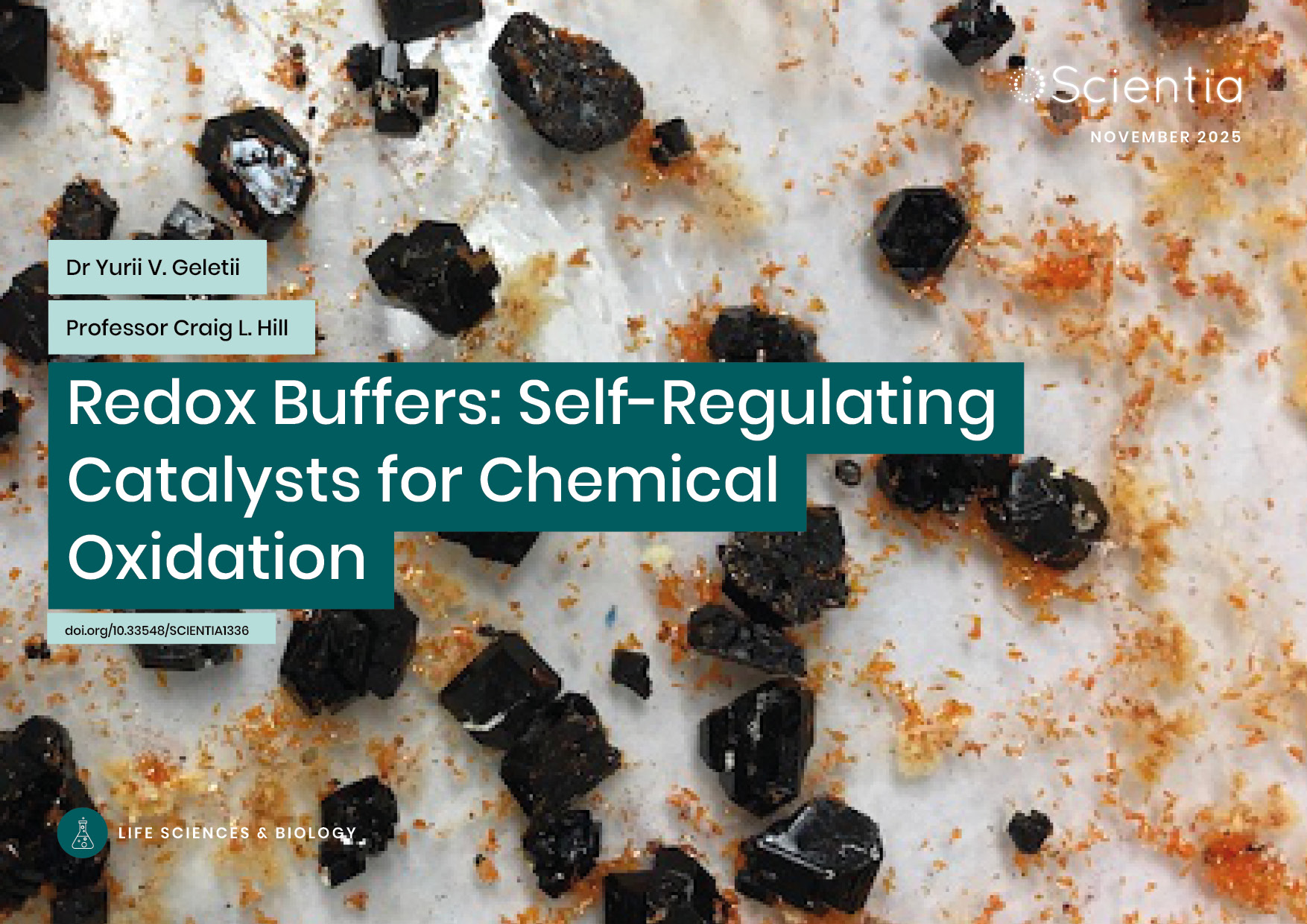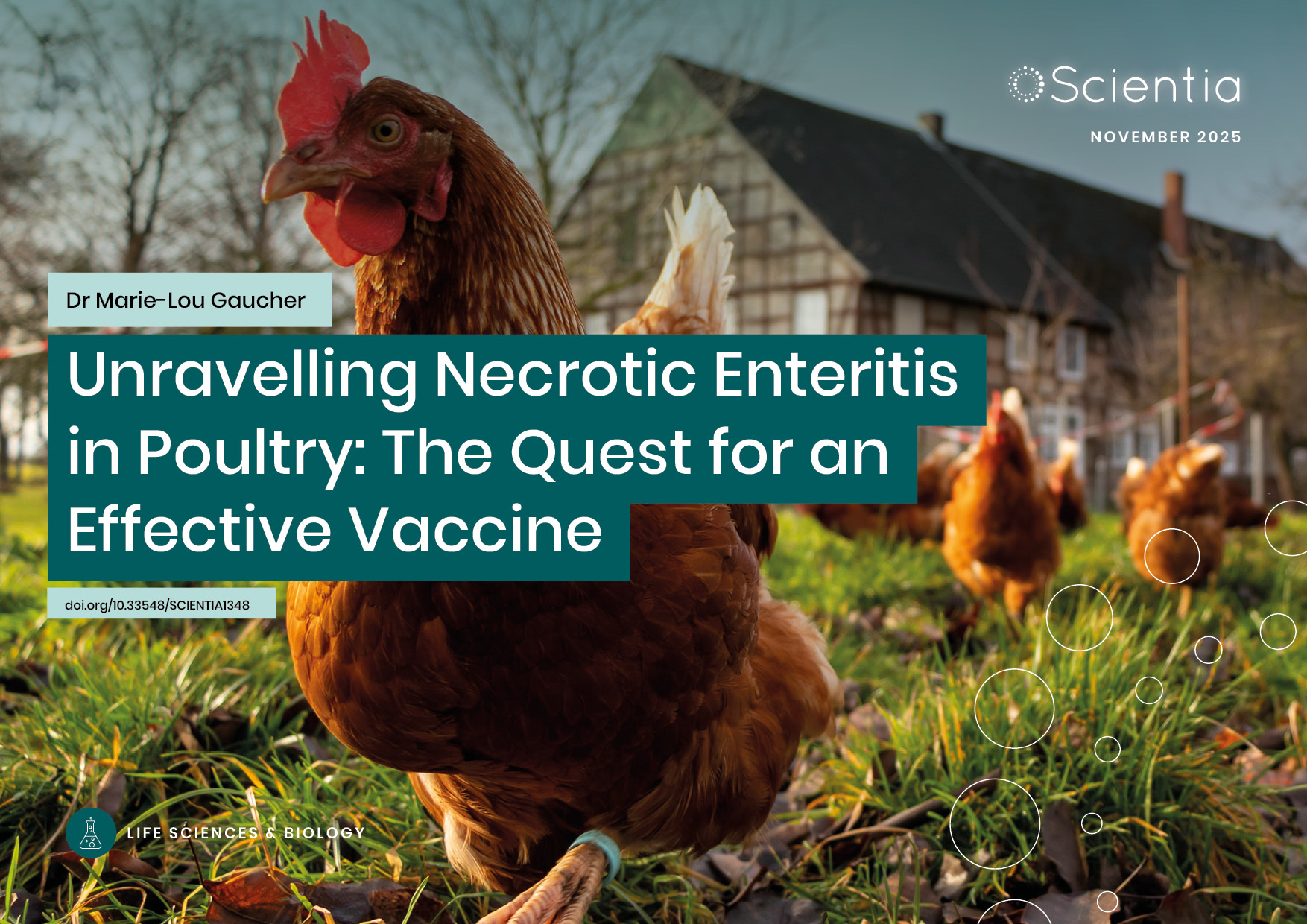Sparks Children’s Medical Research Charity
Sparks is a UK-based charity funded entirely by their supporters. Their current campaign, No Time to Lose, aims to raise £10 million in the next four years to find the treatments children with rare conditions urgently need. In this exclusive interview, we speak with Kiki Syrad, Director of Grants, to hear about the importance of their work and how they aim to transform the futures of children afflicted by disease.
To begin, please give us a brief introduction to Sparks.
Sparks is a children’s medical research charity dedicated to helping children with rare and complex conditions. We do that by funding life-saving child health research across the UK.
Since 1991, Sparks has funded over £30 million of research into over 80 childhood conditions, from childhood cancers to difficult-to-treat epilepsy, and many more conditions besides. We have a strong reputation in the child health research community and have supported over 90 research institutions across the UK with our grants. Currently, around one in three children with a rare condition won’t live to celebrate their fifth birthday; a statistic that we are determined to change.

Lucy, who has a starring role in the No Time to Lose Campaign. Credit Sparks.
What is the overarching vision at Sparks for supporting critically ill children over the next few years?
Many children are living with medical conditions for which there is no known treatment or cure. Some don’t even have a diagnosis, as their condition is so rare. For all these children and their families, research offers hope; for the answers that a diagnosis can offer, a future with kinder treatments, and ultimately a future with a cure.
Right now, paediatric researchers have the seeds of ideas, that, with funding could help transform children’s lives. But child health research is severely underfunded – just 5% of public funding and charity spending on research in the UK funds medical research for children. One in 17 of us will be affected by a rare disease at some point in our lives and 75% of rare diseases present in childhood.
As a small, but we like to think, mighty, funder of paediatric research, we are working to raise £10 million over the next four years to help us make a real difference to seriously ill children. We will fund research that helps doctors diagnose conditions earlier and accurately, that helps improve treatment options, and research that works towards the long-hoped for cures that will transform lives.
Child health has improved dramatically over the past decades – what problems face children and their families in the current day?
Medical research has definitely transformed the outlook for some children. For examples, in the 1960s only about three out of every 10 children (30%) with cancer in the UK were successfully treated. Before that it was largely incurable. But today, thanks to improvements in care and sustained investment in research, the outlook for young patients is much more positive – more than eight out of every 10 children in the UK diagnosed with cancer will live for at least five years, and most of these children will be cured according to official statistics.
This proves that investing in medical research works, but it’s really important that we keep up with that investment, because despite these welcome improvements, there are still no treatments or cures for many rare childhood conditions. Sadly, childhood cancers are still the leading cause of death in children under 14 in the UK.
Another consideration is that children are still growing and have the rest of their lives ahead of them, which means they need treatments especially tailored to them and their bodies – ones that don’t leave them with lasting side-effects. In addition, diseases like childhood dementia, juvenile arthritis, and childhood cancers are not always the same, and do not have the same underlying causes, as they do in adults. This emphasises even more that children need bespoke diagnoses and treatments; discovered and created especially for them, not just handed down from adult medicine.
The only way we can change the odds for seriously ill children facing rare and complex childhood conditions, is through research. Without it, families will continue to face a battle to find the answers that research could provide.

How do you directly support researchers and research institutions?
We run an annual process – our ‘National Call’ in partnership with Great Ormond Street Hospital Children’s Charity. This joint call is the largest single dedicated funding call for child health researchers in the UK. By partnering, we can increase the amount of money we make available – aiming to make around £2 million available each year. Through this call, we invite researchers from across the UK to submit funding applications for their research, which then go through a rigorous scientific assessment process before we select the highest-quality projects to fund. We are one of the leading national funders of child health research and for many child health researchers, Sparks is one of the few places they can turn to for project funding.
To give you an idea of the impact that fundraising for Sparks can have, between 2015 and 2018, thanks to donations from our supporters, we funded research into conditions that affect 20,000 children in the UK each year. In the last year alone, we committed funding to 12 new projects which cover a spectrum of techniques and conditions – from pioneering gene therapy for children with difficult-to-treat epilepsy, to creating superpowered immune cells to treat a range of childhood tumours and finding better ways to diagnose and treat Vanishing White Matter Disease – a devastating brain condition with no cure.

Putting smiles back on children’s faces. Credit Sparks.
Where does your funding for research come from?
All the money we invest into funding research has been donated by our incredible supporters. We receive no government funding, so without our supporters we couldn’t help the brightest minds seek the treatments and cures of tomorrow.
Whether it’s running a marathon, attending a golf day or gala dinner, voting for Sparks as their employer’s charity partner, or leaving a gift in their will, every penny our supporters raise gets us a step closer to finding the tests, treatments and cures that critically ill children so desperately need. We’re immensely grateful for their support.
How do you assess the beneficial impact of your funded research?
Researchers keep us updated on their progress, including when they reach key milestones such as completing laboratory experiments or publishing scientific papers that make valuable findings available to other researchers around the world. They also report to us annually, with a larger report due at the end of their projects. The impact of their work can be incredibly far-reaching as it may inform future research and ultimately impact on seriously ill children all around the globe.
One clear indicator of success is when a new treatment or test, developed with Sparks funding, reaches clinical trial or is approved for wider use. Every medical advance starts out as just an idea, and it takes a lot of time, effort, and money to gather the scientific evidence needed to prove it’s safe and effective enough to offer children. It’s incredible to see how our funding can make those ideas a reality – from changing clinical practice to giving seriously ill children access to promising new tests and treatments.
Our funding can also help researchers gather the vital evidence they need to win the backing of larger funders, to take their promising idea forward or implement their findings. We have numerous examples where our funding has been the stepping-stone needed to take research to the next level.

What are the key challenges facing child health in the United Kingdom and how might these challenges be best overcome?
The challenges facing child health in the UK are varied.
It’s positive that more rare and complex diseases are being identified thanks to the ongoing revolution in genetics and the tests that are available to diagnose them. With a diagnosis it is easier to work towards treatment and support for that child, and also ends the so-called ‘diagnostic odyssey’ for families. But the challenge remains that not every rare condition can be diagnosed, and once parents get a diagnosis, they may have to face the reality that there is no treatment or cure for their child’s condition.
Our challenge, and our ambition, is to continue to inspire people to donate to us and to demonstrate the difference their money can and does make, as we support Sparks’ funded researchers to find the new tests, treatments, and cures that are desperately needed. For critically ill children, there’s no time to lose.
For more information on how you can support Sparks, visit www.sparks.org.uk

Reference
https://doi.org/10.33548/SCIENTIA441
Creative Commons Licence
(CC BY 4.0)
This work is licensed under a Creative Commons Attribution 4.0 International License. 
What does this mean?
Share: You can copy and redistribute the material in any medium or format
Adapt: You can change, and build upon the material for any purpose, even commercially.
Credit: You must give appropriate credit, provide a link to the license, and indicate if changes were made.
More articles you may like
Professor Richard Ludueña | Two Turkish Cities Were Essential in the Development of Science and Religion – a Work in Progress
This book explores the history of the area in Turkey where these two cities lie. Prof Richard Ludueña and his daughter visited Harran and Sanliurfa (formerly Edessa) in 2014. He found them fascinating and wanted to learn more about their histories, but found no book that focused on their history from the beginning to modern times. So, he decided to write one.
Harran still bears its ancient name, but Edessa has had a great variety of names and is now called Sanliurfa. Our story goes back long before the cities were founded, back to the late Neolithic site of Göbekli Tepe, where monuments have carvings consistent with a destructive comet.
Dr Yurii V. Geletii – Professor Craig L. Hill | Redox Buffers: Self-Regulating Catalysts for Chemical Oxidation
Chemical reactions often demand precise control over their operating conditions to proceed efficiently. While chemists routinely use pH buffers to stabilise acidity levels, far less attention has been directed towards stabilising the electrochemical potential of solutions during oxidation–reduction reactions.
At Emory University, Dr Xinlin Lu, Dr Yurii Geletii, and Prof Craig Hill have pioneered a catalytic system that not only drives chemical reactions, but also acts as its own redox buffer. By automatically maintaining conditions optimal for electron transfers while converting malodorous thiols into odourless compounds, this innovation points to a new generation of catalysts that adjust themselves, delivering both efficiency and environmental benefits.
Dr Marie-Lou Gaucher | Unravelling Necrotic Enteritis in Poultry: The Quest for an Effective Vaccine
Avian necrotic enteritis (NE) is one of the most significant intestinal diseases affecting poultry worldwide, particularly broiler chickens. It causes major economic losses due to reduced growth rates, poor feed efficiency, and high mortality. The disease is caused by the bacterium Clostridium perfringens, specifically pathogenic type G strains. Dr Marie-Lou Gaucher from the Université de Montréal and her collaborators have been relentlessly studying ways to develop an effective vaccine against C. perfringens. Their promising findings may lead to innovative vaccination strategies and new methods to manage NE in poultry flocks.
Nick Martin | Data Assimilation: Overcoming AI’s Data Uncertainty Limitations for Water Resources
Water resources are essential for human life. Knowing how to manage water, both now and in the future, is necessary to continue using it as well as possible. Nick Martin and Jeremy White are examining limitations to artificial intelligence applications in water resources generated from noisy and estimated data sets. For poor quality data sets, they found that machine learning models will perform poorly relative to tools that explicitly include physics-based descriptions of physical processes; this is because physics-based calculations can use both data and physics knowledge through data assimilation techniques.




